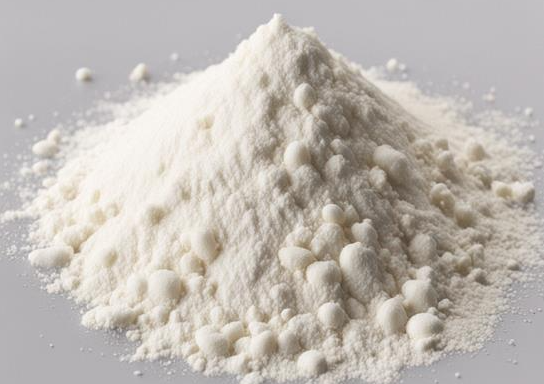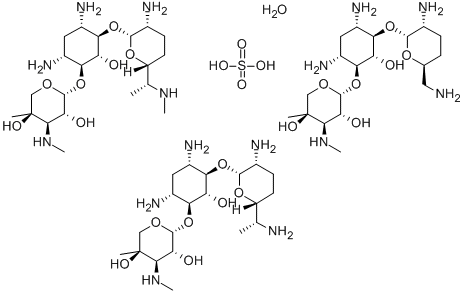Gentamicin Sulfate: Clinical Applications Potential and its Detection Method
General Description
Gentamicin Sulfate is a white-buff powder, it is soluble in water, pyridine, DMF, and acidic media, but insoluble in benzene and halogenated hydrocarbons. It is an antibiotic that is commonly used to treat serious infections caused by certain bacteria.

Clinical Applications Potential
Gentamicin Sulfate is a wide spectrum antibiotic that provides highly effective topical treatment in primary and secondary bacterial infections of the skin. This product may clear infections that have not responded to other topical antibiotic agents. In impetigo contagiosa and other primary skin infections, treatment with a small amount of Gentamicin Sulfate Ointment three to four times daily usually clears the lesions promptly. In secondary skin infections, the product facilitates the treatment of the underlying dermatosis by controlling the infection.
Clinical Pharmacology
After intramuscular administration of gentamicin sulfate, peak serum concentrations usually occur between 30 to 60 minutes and serum levels are measurable for 6 to 8 hours. When gentamicin is administered by intravenous infusion over a two-hour period, the serum concentrations are similar to those obtained by intramuscular administration.
In patients with normal renal function, peak serum concentrations of gentamicin (mcg/mL) are usually up to four times the single intramuscular dose (mg/kg); for example, a 1 mg/kg injection in adults may be expected to result in a peak serum concentration up to 4 mcg/mL; a 1.5 mg/kg dose may produce levels up to 6 mcg/mL. While some variation is to be expected due to a number of variables such as age, body temperature, surface area and physiologic differences, the individual patient given the same dose tends to have similar levels in repeated determinations. Gentamicin administered at 1 mg/kg every eight hours for the usual 7- to 10-day treatment period to patients with normal renal function does not accumulate in the serum.
Detection Method
Detection Method Using Photoelectrochemical Techniques
Gentamicin sulfate detection has gained significant attention due to its clinical importance in treating bacterial infections. A novel method utilizing cathodic photoelectrochemical techniques has been developed to enhance the detection of gentamicin sulfate. This method employs a photocathode synthesized by noncovalently coupling cadmium sulfide with a porphyrin-derived metal-organic framework. The unique assembly of cadmium sulfide and the metal-organic framework creates an effective interface that facilitates the detection of gentamicin sulfate. The resulting system exhibits a remarkable enhancement in photocurrent, increasing the sensitivity of the detection process significantly compared to conventional methods.
Lastest Price from Gentamicin sulfate manufacturers

US $5.00-0.50/KG2025-05-09
- CAS:
- 1405-41-0
- Min. Order:
- 1KG
- Purity:
- 99% hplc
- Supply Ability:
- 500TONS

US $1.00/KG2025-04-21
- CAS:
- 1405-41-0
- Min. Order:
- 1KG
- Purity:
- 590IU/mg,EP10.0
- Supply Ability:
- 500kg/month


